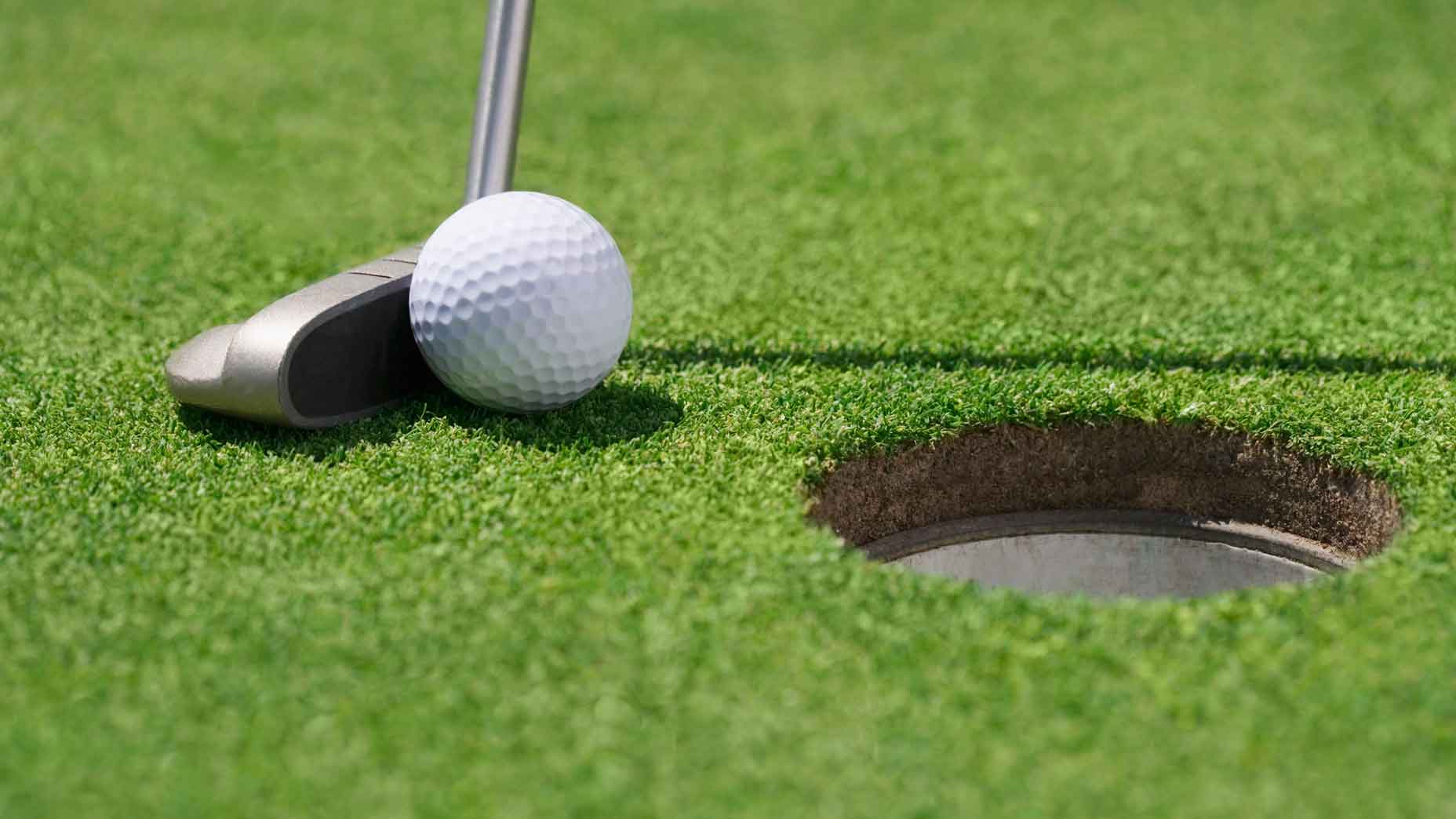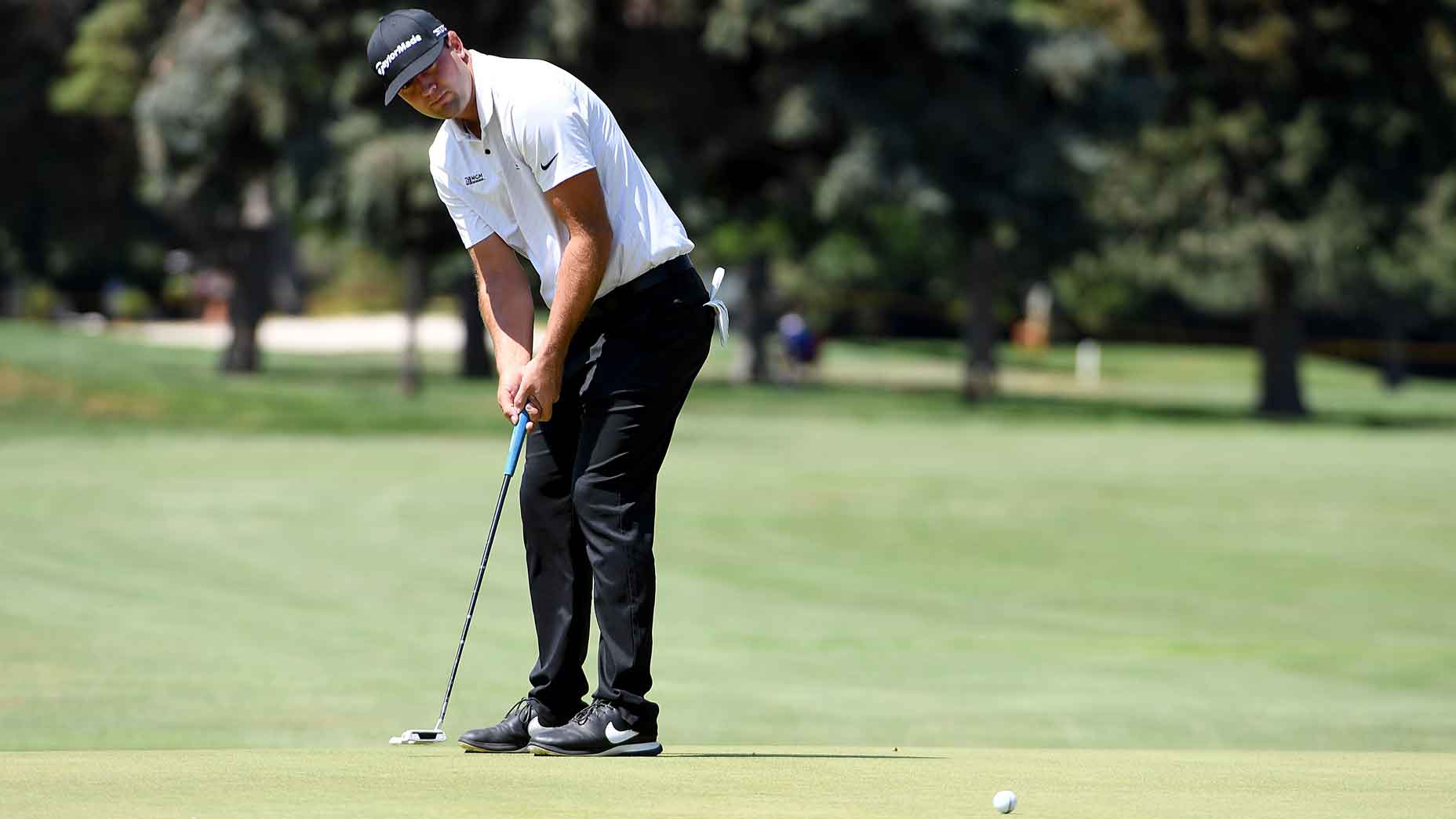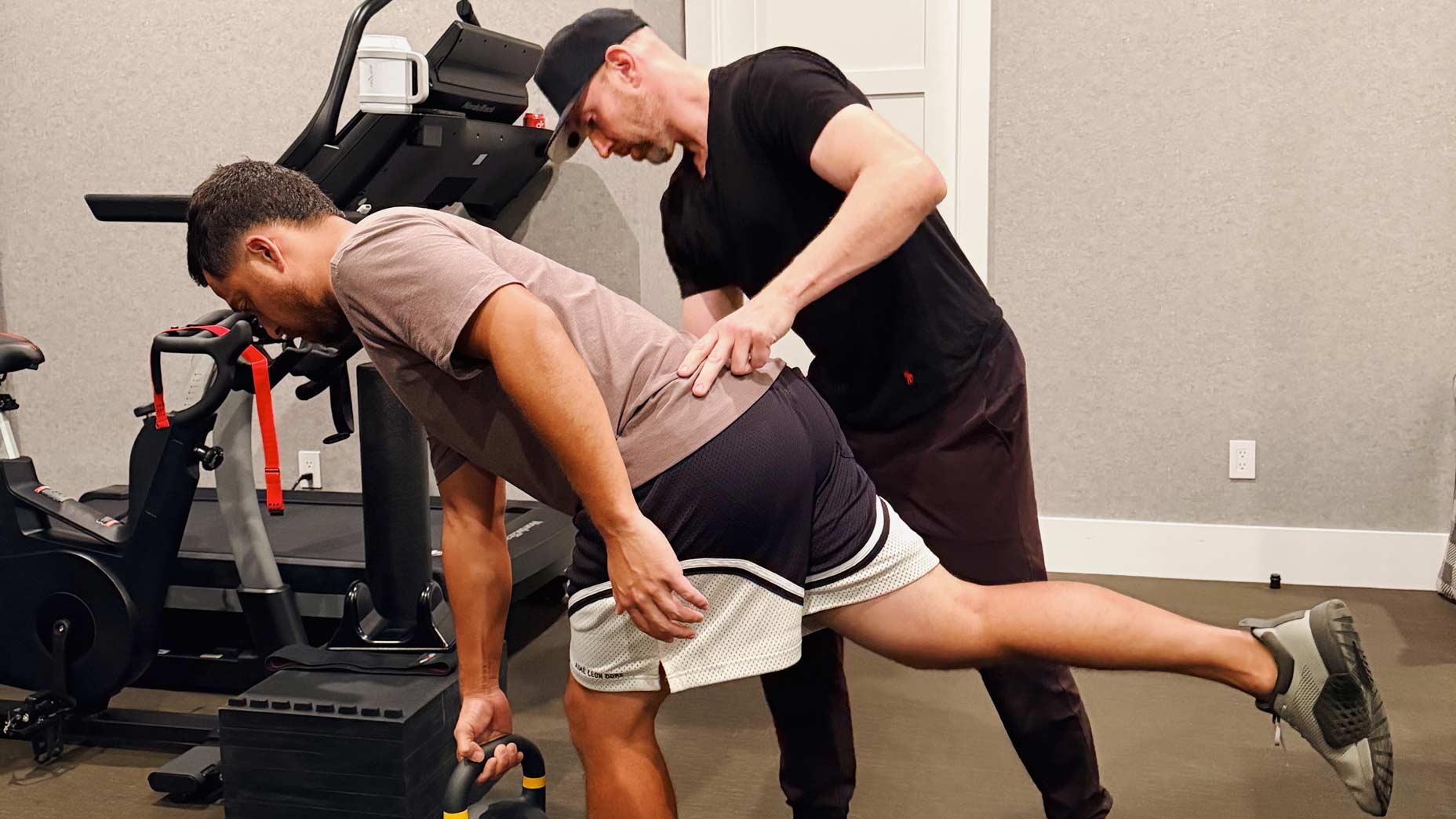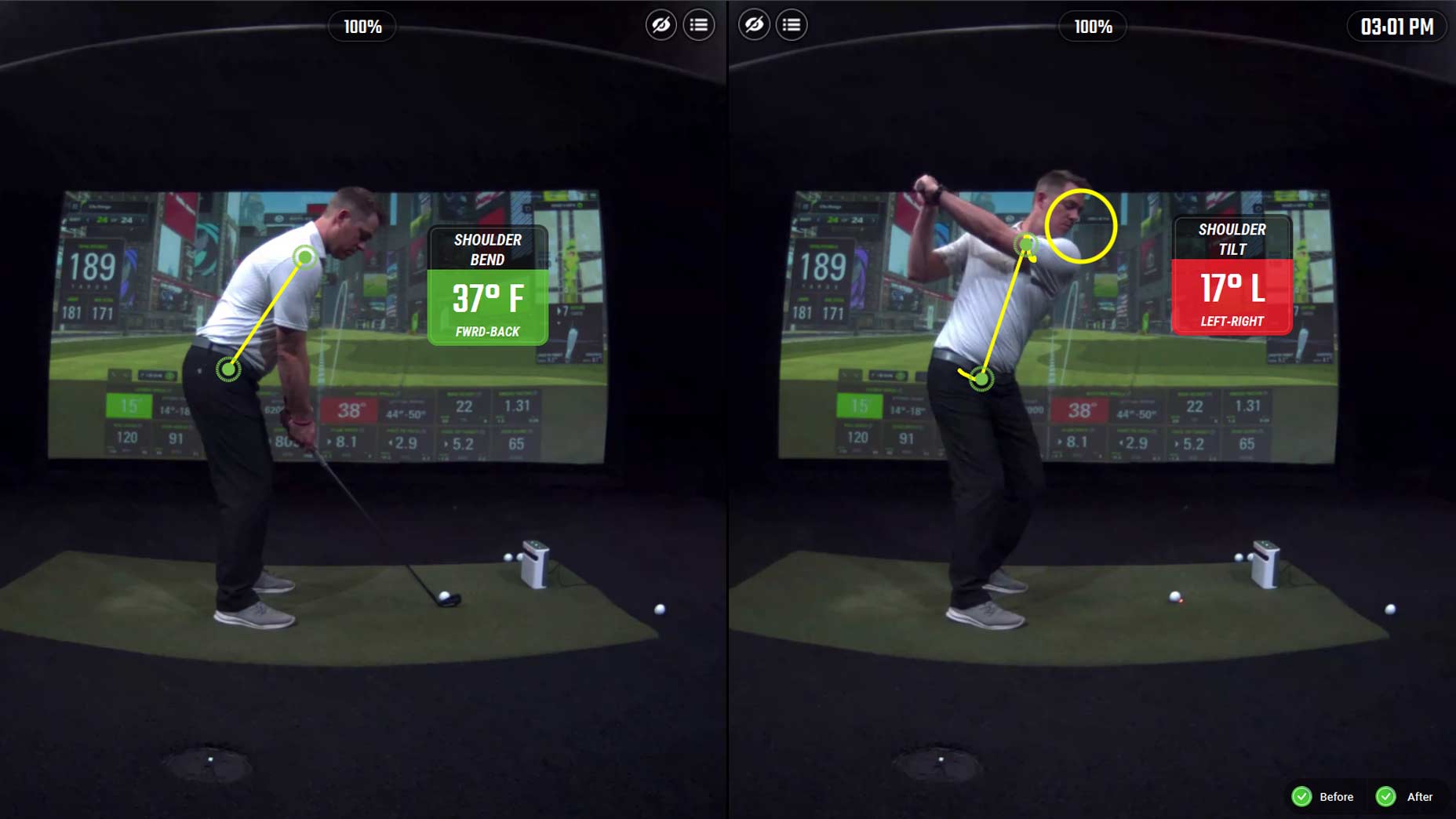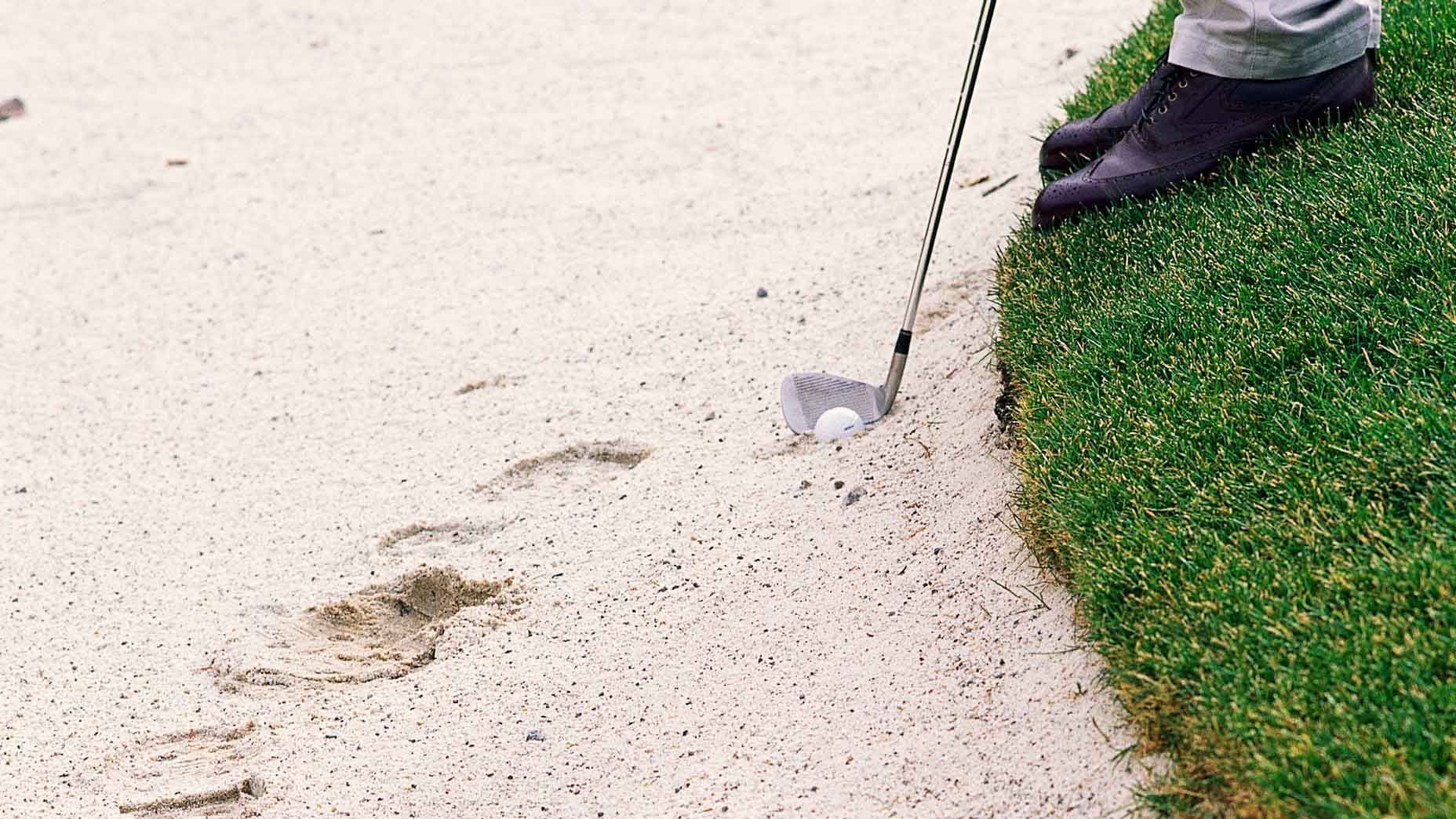Do you struggle with those pesky three-footers? Does your heart beat faster on those putts? Do you wish someone would give you those putts? Well, if you fit this mold then there is hope — and you are only three steps from converting your three-footers.
If you struggle with short putts, it’s either your stroke, aim or your speed that’s off. If you can identify the problem, you’ll be rolling them in with ease. Go through the three steps below to help you identify the problem and help you putt better than ever.
1. Stroke
To find out if it’s your stroke that’s the problem, there is a simple drill that can help. Take to two alignment sticks and place a rubber band around the top of them to keep them together. Now find a straight three-footer and put the alignment stick at the edge of the hole and a ball on top of the stick. Putt down the stick — if you can keep the ball on the stick for three feet then your stroke is fine. If your ball falls off the stick left or right then you need to work on stabilizing your club face. Practice keeping the ball on the sticks for as long as possible and your putting is sure to improve.
2. Aim
This simple method turned a Tour pro into one of the best putters in golfBy: Zephyr Melton
To find out if you are aiming your putter correctly take the same two aiming sticks to a four-foot breaking putt. Aim the sticks where you think the putt will break break and putt a ball down the sticks. If the ball goes in the hole, then your aim is good. If you keep the ball on the stick the entire way but you miss the putt high or low, then you have an aiming issue.
Most people in my observations don’t play enough break. Adjust the aiming sticks as needed to be able to make the putt. Look at where the sticks are from behind and see what the true break really looks like for that putt. Continue this from another breaking putt until your eyes start to see the correct break each time.
3. Speed
Speed is crucial to being able to putt consistently well from day to day. There are great putters that are aggressive putters and there are great putters that are die-in putters. I prefer to see players have a slightly slower pace as it gives them the greatest opportunity to make their putts effectively using the largest portion of the cup. The firmer you hit a putt the smaller your target becomes not allowing the edges of the cup when the ball slows down to let your ball drop.
I’ve never found the cups to be too big so I don’t want to make them any smaller than they are so I like a finishing speed at 6” to 8” past the cup if my ball doesn’t go in. This speed guarantees I don’t three-putt and gives me the largest target allowing for those slightly off center to fall in.
To practice this, place a tee 6” to 8” past the cup and practice your three-footers trying to get the ball to the hole but not past the tee if it doesn’t go in. As you practice these you will find you see the break better and your less than perfect putts sometimes still go in.
